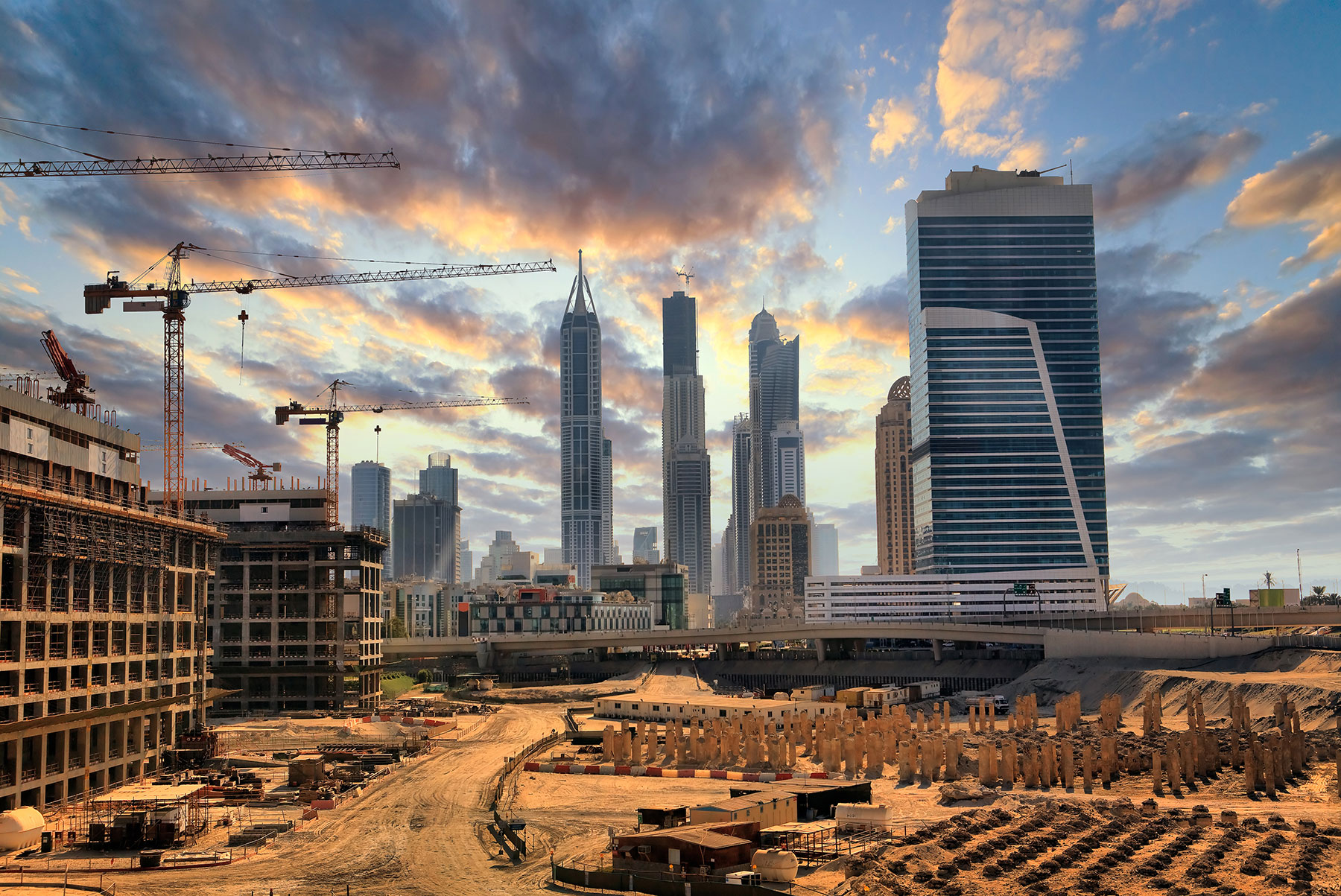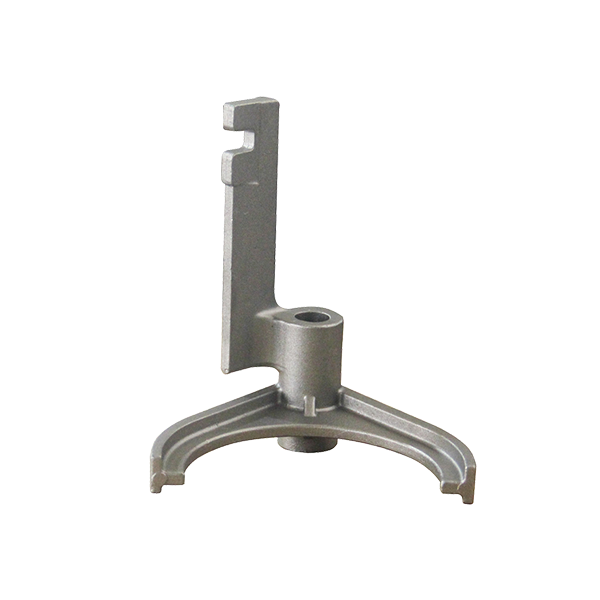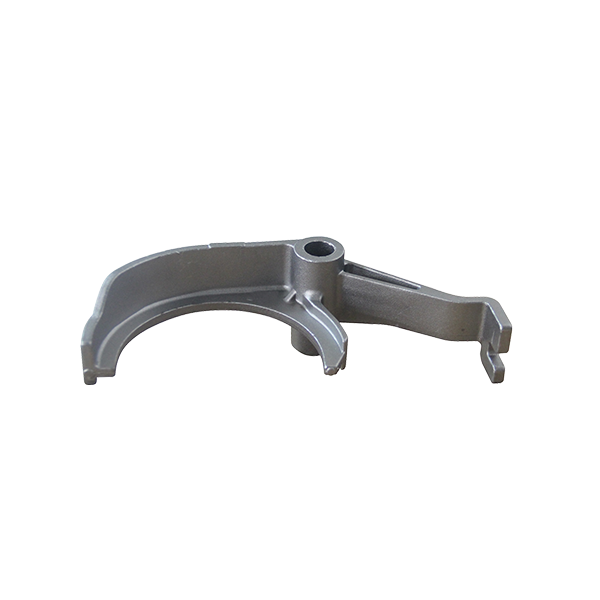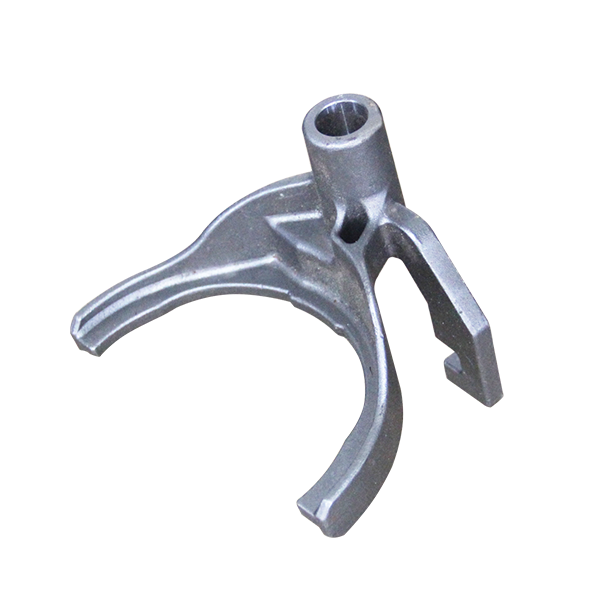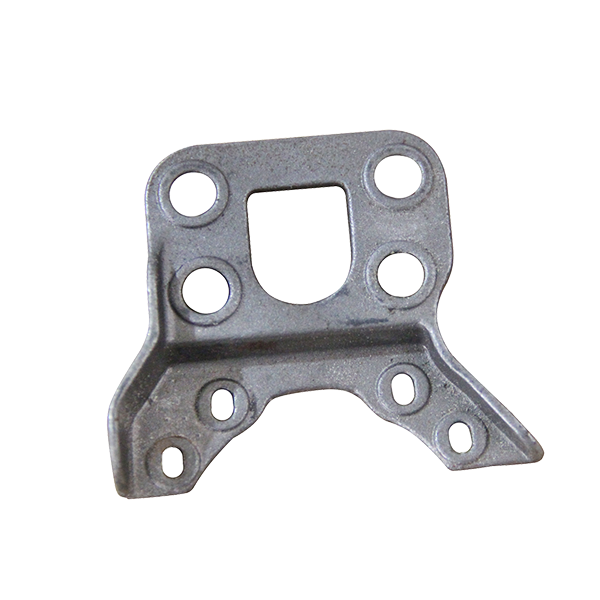Prevention and treatment of carbon increasing defects in lost mold castings
Causes of carbonation defects in lost mold castings
A.In the process of pouring, the loss of mode decomposition produces too much gas, which is urgent, the exhaust speed of the mold cannot keep up with, the vacuum pump suction is insufficient, which is easy to cause collapse and collapse of the mold;The "flash flow" of molten metal is one of the causes of collapse defects.The so-called "flash flow" of the molten metal during pouring, and some of the molten metal that has flowed into the position of the vanishing foam mold is changed by external action.Flow to other parts so that the original replacement position is occupied by no metal liquid or filler.This problem mainly occurs in the case of top injection, large casting plane and multi-mold casting.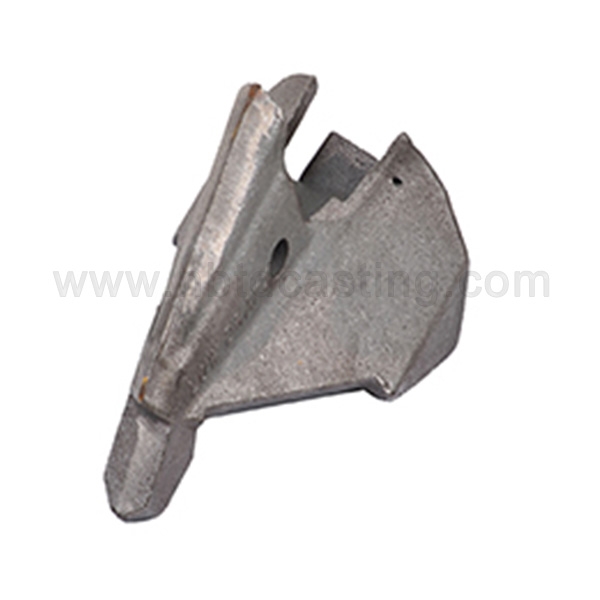
C.If the molten metal is too buoyant, the upper sand of the mold will easily deform, which may cause partial collapse.Under normal conditions, the sand on the top of the mold is small and the negative pressure is not enough, which may lead to poor casting or even forming.;
D.The coating has insufficient fire resistance and high temperature strength, and it is easy to cause collapse of demoulding casting.The vanishing foam pattern has the function of buffering metal filling and cooling during pouring, while weakening the molten metal mold.Dry sand mainly depends on the coating coating when the molten metal replaces the missing mold and fills the mold cavity.When coating strength or fire resistance is not enough, local mold collapse and collapse, especially large runner.The top is very easy to collapse.
Prevention and treatment of carbonization defects of steel castings in epc process
Preventing and increasing carbon from increasing defects in casting can be carried out in the following aspects:
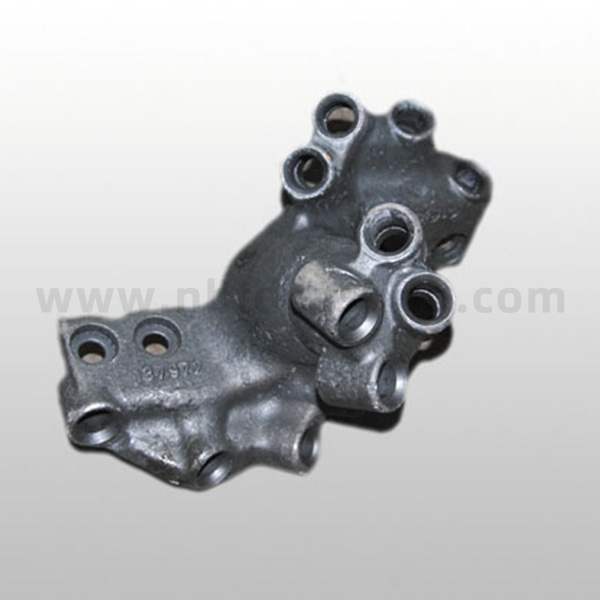
(1) use low-density molding materials.When using EPS, the pattern density was controlled at 0.016~0.025g/cm3, and the low-carbon mold EPS (C8H8) was changed to EPMMA (C5H8), thus reducing the carbon content of the pattern.Hollow structure and hollow structure casting system can also be used.
(2) with proper pouring temperature and speed, the opening of the pouring system determines the flow direction and speed of molten steel;As the casting temperature increases, the casting speed also increases, the decomposition of the molded material accelerates, gasification is not easy, and the amount of liquid in the product also increases.At the same time, the gap between the molten steel and the pattern decreases, and liquid phase decomposition products are often extruded from the gap and squeezed between the coating and the metal industry, resulting in an increase in contact surface, increasing the carbon concentration in these areas, and increasing the amount of cementation.
(3) select a reasonable casting process.Casting and casting process design should accelerate the gasification of the formed material, reduce and stagger the contact and reaction time of the liquid and solid phases in the decomposition products, and reduce or avoid the carburizing of steel.
(4) in order to improve the air permeability of the coating or dry sand mold, the better the air permeability is, the faster the decomposition products of the mold material will escape, thus reducing the concentration of decomposition products and contact time.The gap between the molten steel and the pattern.
(5) add an additive (decarburizer) to the mold to prevent the steel casting from carburizing.
(6) the use of precision mold conforms to the casting process.(7) use anticorrosive paint.



